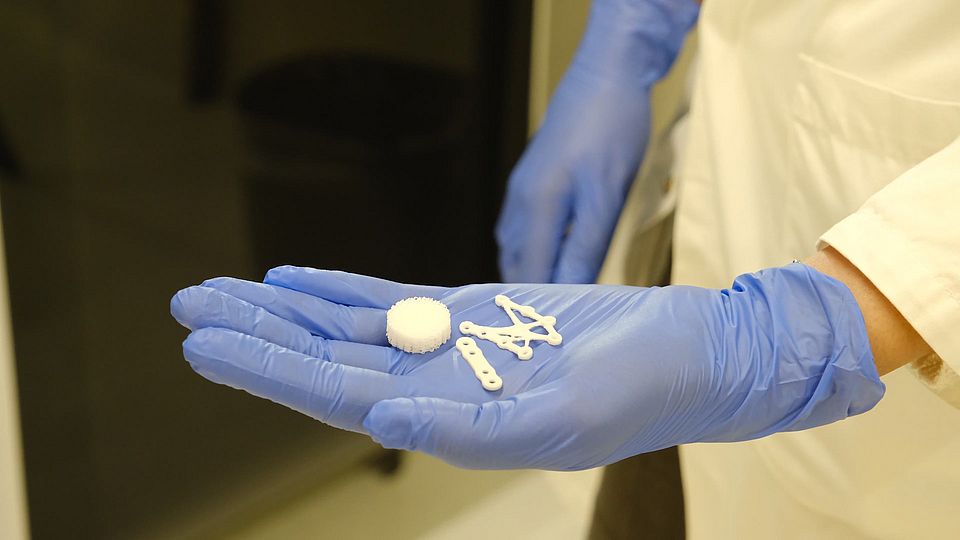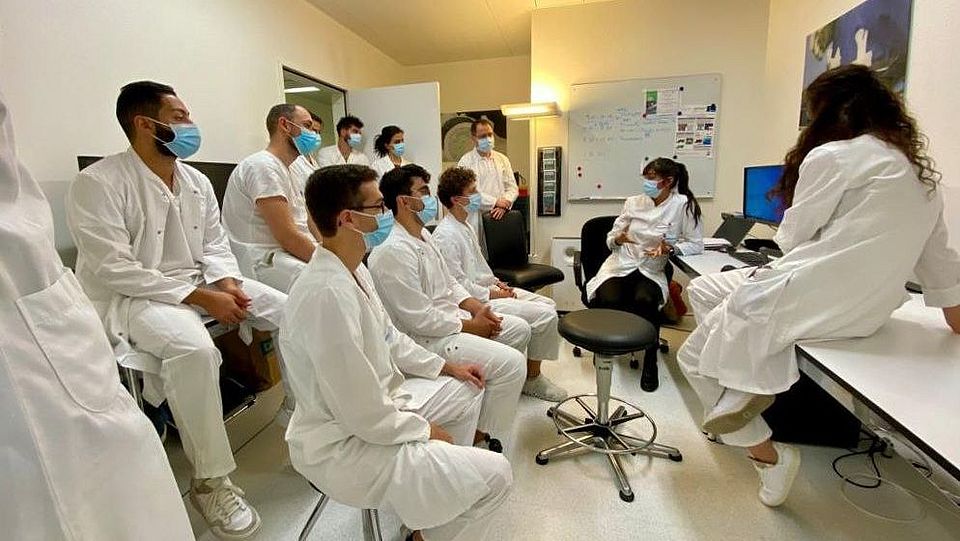Michaela Maintz, M. Sc.
PhD topic: Optimized mandible implant design
Additive-manufacturing and in silico validation by biomechanical characterization
Background and Research Interests
Michaela Maintz is a PhD Candidate in the MIRACLE Smart Implants Group as well as in the Institute for Medical Engineering and Medical Informatics at the University of Applied Sciences Northwestern Switzerland (FHNW). She is a medical technician and completed her Master's Degree in Life Sciences specializing in Biomedical Engineering. She has gathered experience as a biomedical engineer using intraoperative optical guidance and digital pathology during her studies and her work at the Department of Biomedical Engineering (IMT) at Linköping University, Sweden. Her current focus is the study of nature-inspired, “intelligent” implant design, predictive modelling and biomechanical validation of minimally invasive fracture fixation plates. Her work aims to integrate optimization algorithms in the design process of fracture fixation plates to provide ideal stability under consideration of patient anatomy and biomechanical and additive manufacturing requirements of titanium, bioresorbable materials and high-performance (PEEK) polymers. In the near future, the validation of implant efficacy will be conducted in silico with computational models, eliminating the need for expensive and time-consuming biomechanical trials, further enabling fast custom production of safe implants at the point-of-care.

Michaela Maintz
PhD Candidate
Hegenheimermattweg 167C
4123 Allschwil, Switzerland





